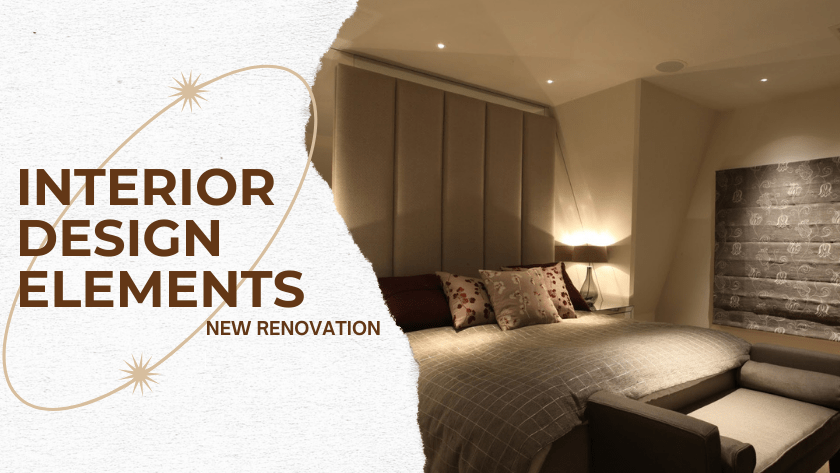Introduction
Interior design is a deeply personal endeavor, reflecting our individual tastes, preferences, and lifestyles. However, there are certain design elements that consistently make their way into our favorite rooms, creating spaces that feel inviting, harmonious, and visually appealing.
In this article, we’ll explore some of these key interior design elements that tend to be present in rooms we love, offering insights into how you can incorporate them into your own spaces.
Thoughtful Color Palette
One of the most fundamental interior design elements that all of my favorite rooms have in common is a thoughtful and well-balanced color palette. Colors can have a profound impact on our mood and perception of a space. Whether it’s a soothing, monochromatic scheme or a bold combination of complementary hues, the color palette sets the tone for the entire room.
To create a harmonious color palette, consider the principles of color theory. Explore various shades, tones, and textures within your chosen color scheme. Make use of accent colors to add depth and interest to the space. Always take into account the room’s purpose and the emotions you want to evoke when selecting colors.
Effective Lighting
Proper lighting can transform a room from dull and uninspiring to vibrant and inviting. Natural light is often the ideal choice, as it not only illuminates the space but also connects it to the outdoors. However, artificial lighting plays a crucial role, too. My favorite rooms always have a combination of ambient, task, and accent lighting to create a layered and dynamic atmosphere.
Consider incorporating fixtures like pendant lights, chandeliers, sconces, and table lamps strategically throughout the room. Dimmer switches can provide flexibility, allowing you to adjust the lighting to suit different moods and occasions.
Thoughtful Furniture Arrangement
The arrangement of furniture is another key element in interior design. Well-placed furniture not only enhances the functionality of the room but also contributes to its aesthetic appeal. My favorite rooms are typically arranged in a way that promotes conversation, comfort, and flow.
When arranging furniture, consider the room’s focal point, whether it’s a fireplace, a beautiful view, or a piece of art. Arrange seating to encourage face-to-face interaction and ensure that traffic flows smoothly. Don’t forget about scale and proportion; oversized furniture can overwhelm a small room, while petite pieces may get lost in a larger space.
Personalized Decor and Accessories
The personal touch is what truly makes a room feel unique and inviting. My favorite rooms always feature decor and accessories that reflect the homeowner’s personality, interests, and experiences. These elements tell a story and create a sense of connection to the space.
Consider displaying art, photographs, and mementos that have sentimental value. Incorporate textiles, such as throw pillows, blankets, and area rugs, that add texture and warmth. Plants and greenery can breathe life into a room, while decorative objects and collectibles can add character and charm.
Functional Storage Solutions
Clutter can detract from the beauty and functionality of a room. That’s why effective storage solutions are a common element in my favorite spaces. Well-designed storage not only keeps the room organized but also allows for a cleaner and more visually appealing environment.
Consider built-in shelving, cabinets, and closets to maximize storage while minimizing visual clutter. Utilize multifunctional furniture pieces like ottomans with hidden storage or coffee tables with drawers. By keeping belongings neatly stored away, you can create a more serene and enjoyable living space.
Attention to Detail
Attention to detail is the hallmark of exceptional interior design. My favorite rooms often feature small, thoughtful touches that enhance the overall aesthetic. This might include decorative molding, intricate tile patterns, unique hardware, or custom millwork.
When designing your space, pay close attention to the finer details. Consider the finish of your materials, the quality of craftsmanship, and the alignment of patterns and motifs. These subtle elements can elevate the design and make a room feel truly special.
Conclusion
While interior design is a highly personal endeavor, there are certain design elements that consistently make their way into our favorite rooms. Thoughtful color palettes, effective lighting, well-arranged furniture, personalized decor, functional storage solutions, and attention to detail all contribute to creating spaces that are not only visually appealing but also welcoming and harmonious. By incorporating these elements into your own interior design projects, you can create rooms that you’ll love to spend time in for years to come.




